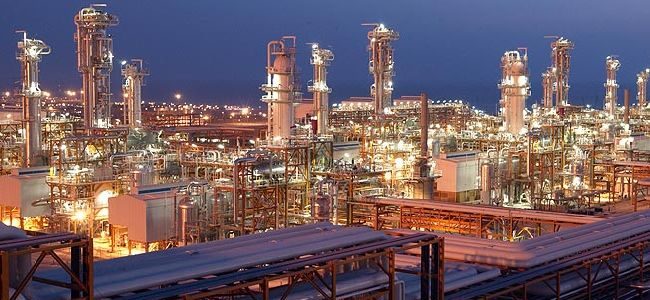
Between 2016 and 2018, Iran’s energy sector was the main beneficiary of the lifting of nuclear-related sanctions. Increased oil production and exports, the return of international oil companies (IOCs), massive investments in renewable energies, introduction of new technologies into upstream and downstream sectors, etc., were among key developments in the industry. The reimposition of US sanctions has reversed most of these processes.
It is evident that a decline in Iran’s energy sector will severely undermine the country’s overall economic development, not only because of this sector’s role in generating hard currency revenues but also its function as an engine for technological and industrial development. The reimposition of US secondary sanctions will have a negative impact on two levels: access to Western IOCs as main technology and capital providers, and Iran’s ability to export crude oil and petroleum products. Both these phenomena will restrict the development of the energy sector and undermine the economy as a whole. This article won’t address the Iranian policies to circumvent sanctions on the sale of crude oil, but rather focus on the emerging strategies that will determine the direction of the country’s petroleum sector in the longer run.
In the aftermath of the lifting of external sanctions, Iran announced its ambitious plans for the petroleum sector. In early August 2017, while presenting his plans for the second Rouhani term to the parliament, Petroleum Minister Bijan Namdar Zanganeh outlined a long list of plans, including oil production increase, improving the recovery rates, renovating the industry, completing the value chains in the petrochemical and refining subsectors as well as technological upgrades in the industry. It was estimated that Iran would require a total of $200 billion in new investments within five years — more significant than capital injection, Iran would have required new technologies to achieve these objectives. Therefore, the ideal scenario for the country was to attract large Western IOCs that could offer investment as well as technologies across the board.

